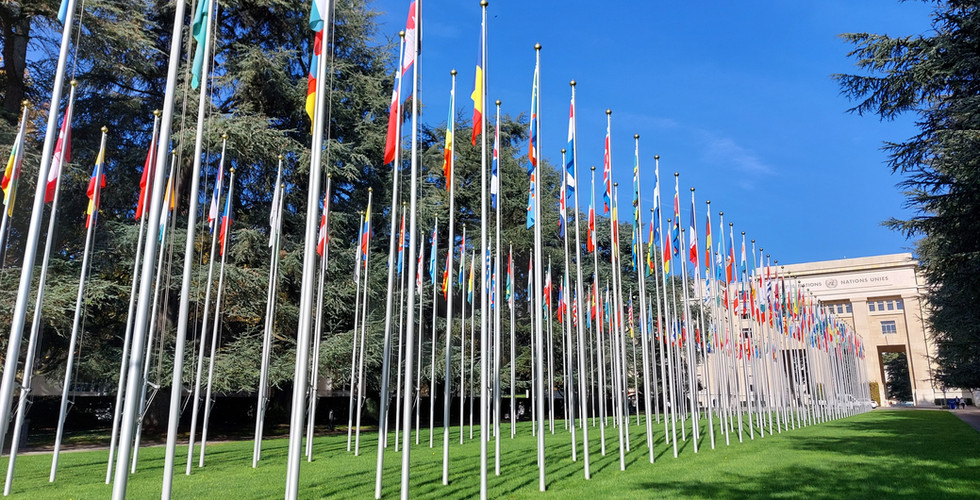Introduction to International Paid Media
- Álvaro Martínez Mateu
- Sep 22, 2024
- 2 min read
Expanding Paid Media internationally: Why should you consider it now?
Reach is a necessity for businesses looking to scale. If you only focus on your local market (national level), you're missing out on significant opportunities in less saturated markets, where competition is lower and acquisition costs or CPC may be cheaper.
This is where many hesitate. International expansion sounds complicated: different languages, cultures, regulations… It’s easy to dismiss it. However, it’s a mistake to think that advertising internationally is more “difficult” or expensive than optimising your paid media solely for a competitive local market.
Three key factors to consider in international markets:
Cultural and linguistic adaptation: You need to translate and adapt the language of your campaigns, creatives, and landing pages to the cultural context. This increases relevance and can also reduce your acquisition costs, while maintaining brand consistency and coherence—something that is often underestimated in improving CRO. Users will feel a stronger connection when they’re spoken to in their native language.
Optimisation of the user experience (UX): I’m not just talking about the website, but also the local currency, the most common payment methods, and the preferred shipping options, all of which are crucial for achieving conversions outside your usual market. What’s the point of driving traffic from abroad if you can’t offer a smooth purchasing experience?
Less competition, more opportunities (even if it doesn’t seem like it): When we talk about less competition in international markets, many people assume I’m simply referring to the number of competitors. However, it’s more complex than that. If you already have the capability and competitiveness to lead in your local market at a national level, it’s very likely that you have the conditions to be competitive abroad.
What really makes the difference here isn’t just the number of competitors, but the fact that many businesses aren’t ready to take the leap internationally. Barriers to entry—such as infrastructure, a sufficiently good offer, cultural adaptation, and resources—limit many businesses to only operate in their local markets. In contrast, if you’ve already overcome these challenges, you have an advantage that many other competitors don’t yet have. In other words, although there may be many players in the market, the real competition might be less intense than it seems.
And of course, this is something that needs to be analysed on a case-by-case basis, but overall, the landscape suggests that businesses well-prepared for internationalisation often face fewer real competitive barriers outside their local market.
Tapping into these markets is a smart way to reduce advertising costs, generate more customers, and diversify risks.
Before you start, research which platforms dominate in that country: Bing Ads is more popular in some markets than others, and the same goes for Google. There are local platforms that dominate, such as Yandex in Russia.
In markets like Japan or Germany, where consumers are more loyal, if you have a competitive and high-quality offer, you’ll not only achieve conversions but also gain customers with higher lifetime value. And yes, we’re talking about a real competitive advantage here: not many businesses dare to cross borders, but if you’re the first to do so, and do it well, you can dominate international markets faster.
Taking advantage of these markets is a smart way to reduce advertising costs, generate more customers, and diversify risks.

